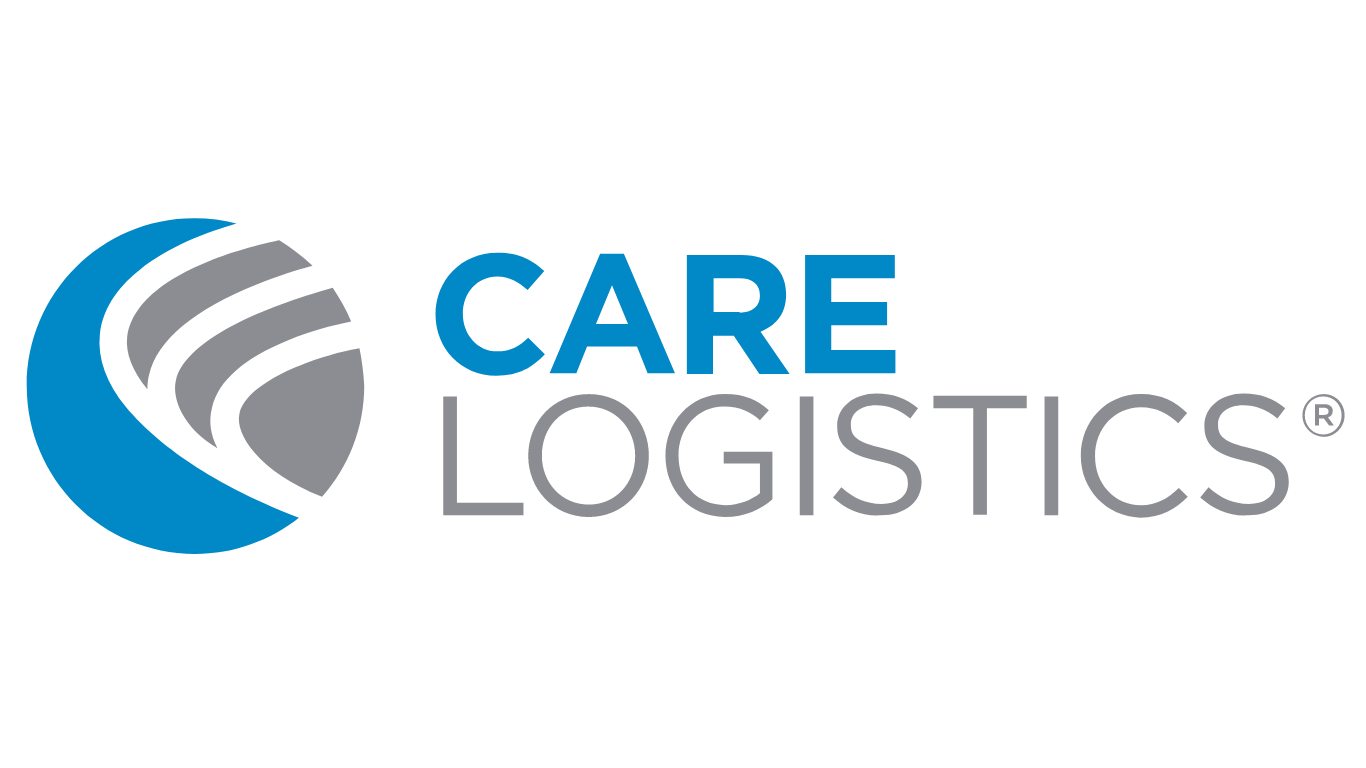Ten Tips for Optimizing Length of Stay (LOS)
Not all health systems have realized significant gains in optimizing their length of stay (LOS). Some wonder if a small decrease is worth the effort. Others are concerned reducing their LOS will lead to a higher readmission rate and associated penalties. However, experience shows that the benefits of managing LOS are compelling, and the reduction of LOS does not necessarily correlate with an increase in readmissions. Readmissions occur when patients are discharged too early or without a plan supporting their transition from the inpatient setting.
What are the benefits? Reducing LOS drives a significantly positive impact on a health system’s financial performance. For example, if a 300-bed hospital with an average LOS of 4.5 days was able to reduce their LOS to 4.2 days they could treat over 1,700 more patients each year. This would mean millions of dollars in additional income from the same fixed capacity.
Reducing LOS also diminishes the incidence of hospital-acquired conditions and raises employee satisfaction while boosting patient engagement. The challenge for health systems is accomplishing this goal takes planning, lean thinking, and careful execution. It also requires collaboration across the organization.
